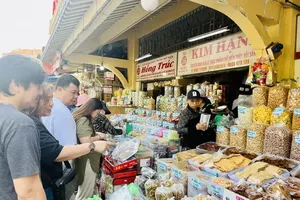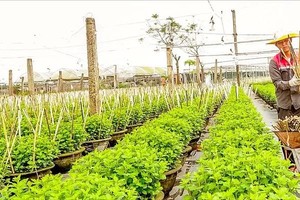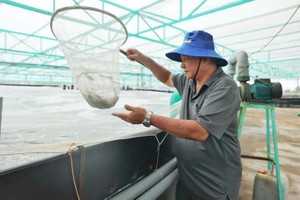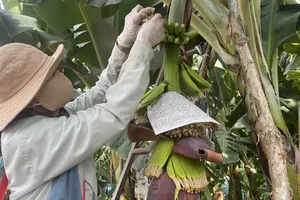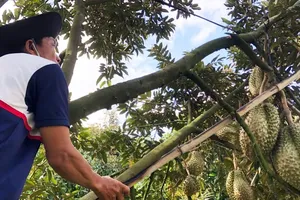For decades, the US has remained one of the most critical markets for Vietnam’s cashew industry. With this abrupt policy shift, many are now wondering how the industry will navigate this turbulent change. Mr. Bach Khanh Nhut, Vice Chairman of the Vietnam Cashew Association, shared his insights on the matter.
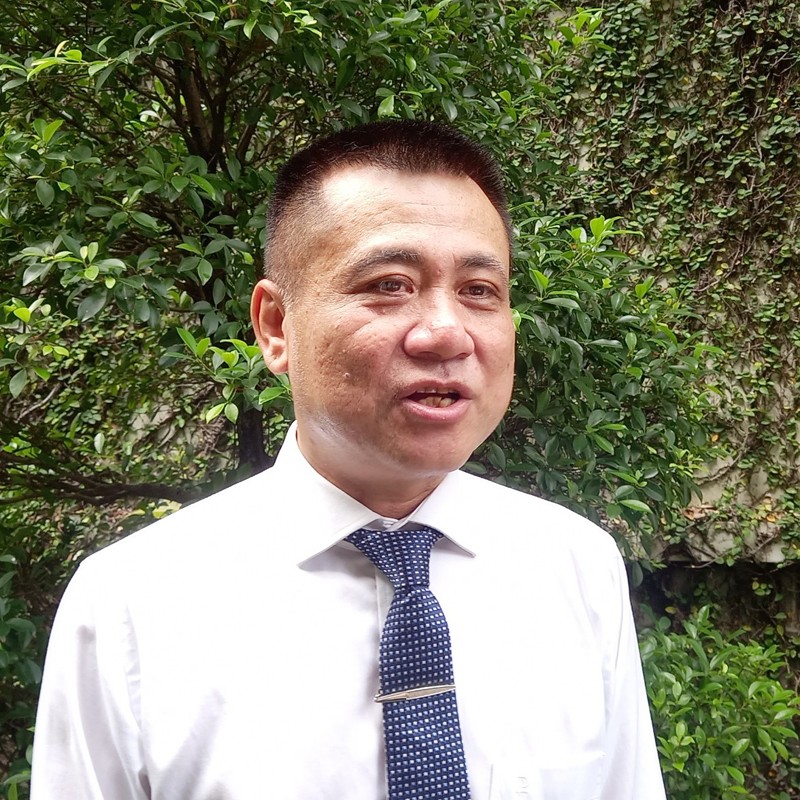
Immediate impact and market response
Although international media outlets have reported that the administration of President Donald Trump plans to implement a 46-percent tariff on Vietnamese goods, a detailed list of affected products has yet to be released. According to Mr. Bach Khanh Nhut, cashew nuts are unlikely to be subject to the highest tariffs, as they are not considered essential to US economic security. Moreover, the US neither cultivates cashews nor operates large-scale processing facilities, meaning Vietnamese imports do not directly compete with any domestic cashew industry.
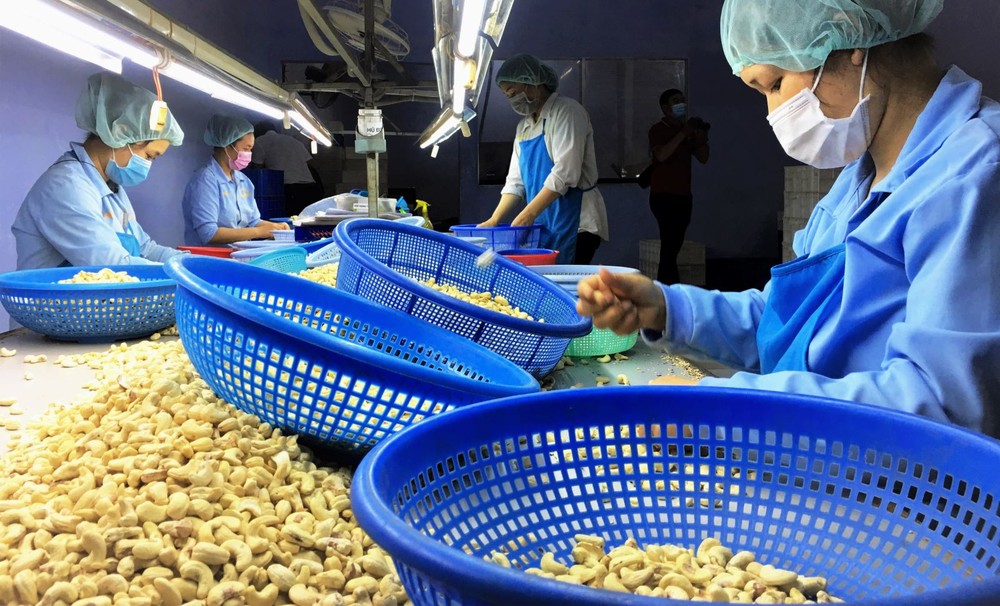
Nonetheless, even a minimum tariff of 10 percent would significantly impact product pricing, logistics costs, and labor wages for exporting companies. For nearly a decade, the US has been Vietnam’s largest importer of cashew nuts, accounting for roughly 25-27 percent of total export value. Should the new tariff be enforced, shipments to the US will almost certainly decline, as higher retail prices may dampen consumer demand.
In response, American importers have begun reaching out to Vietnamese cashew exporters. Contracts for shipments already en route to the US will be honored, but for those yet to be loaded, buyers have requested a temporary hold until clearer guidance on tariffs emerges. This suggests that American importers, too, are feeling the pressure and need time to assess how the new policy will affect their purchasing decisions.
Expanding opportunities and the need for support
While the US remains a key export destination, Vietnam’s cashew industry is not solely reliant on this market. Alongside the US, Vietnam also exports to China (approximately 20 percent) and the EU (around 17-18 percent). In light of the looming US tariffs, expanding to and strengthening other markets has become a strategic imperative.
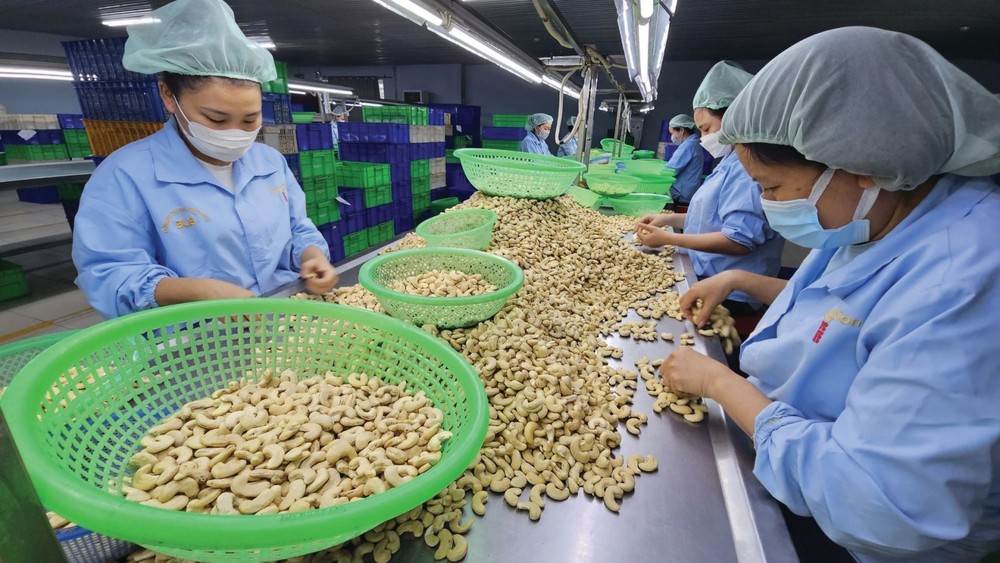
One of the most promising regions is the Middle East, where demand for cashews has surged in recent years. Over the past two years, the Middle East has emerged as a high-growth market for Vietnamese cashew exporters. With a well-executed approach, businesses can potentially offset losses incurred in the US market.
That said, entering the Middle Eastern market poses its own challenges. Vietnamese exporters are still relatively unfamiliar with local tax structures, customs procedures, and consumer behavior. Compared to traditional markets like the US or EU, Vietnam’s trade promotion activities in the Middle East remain limited.
To ease the transition, cashew exporters are calling for stronger governmental support. This includes deploying more commercial counselor to the region to provide market intelligence, assist in partner searches, and facilitate business matchmaking. Moreover, clear guidance on import-export regulations and tax policies is crucial for enterprises to prepare effectively.
With the right support, Vietnam’s cashew industry has the potential not just to adapt but to thrive in new markets like the Middle East—ultimately reducing its dependence on the US and reinforcing its global competitiveness.
